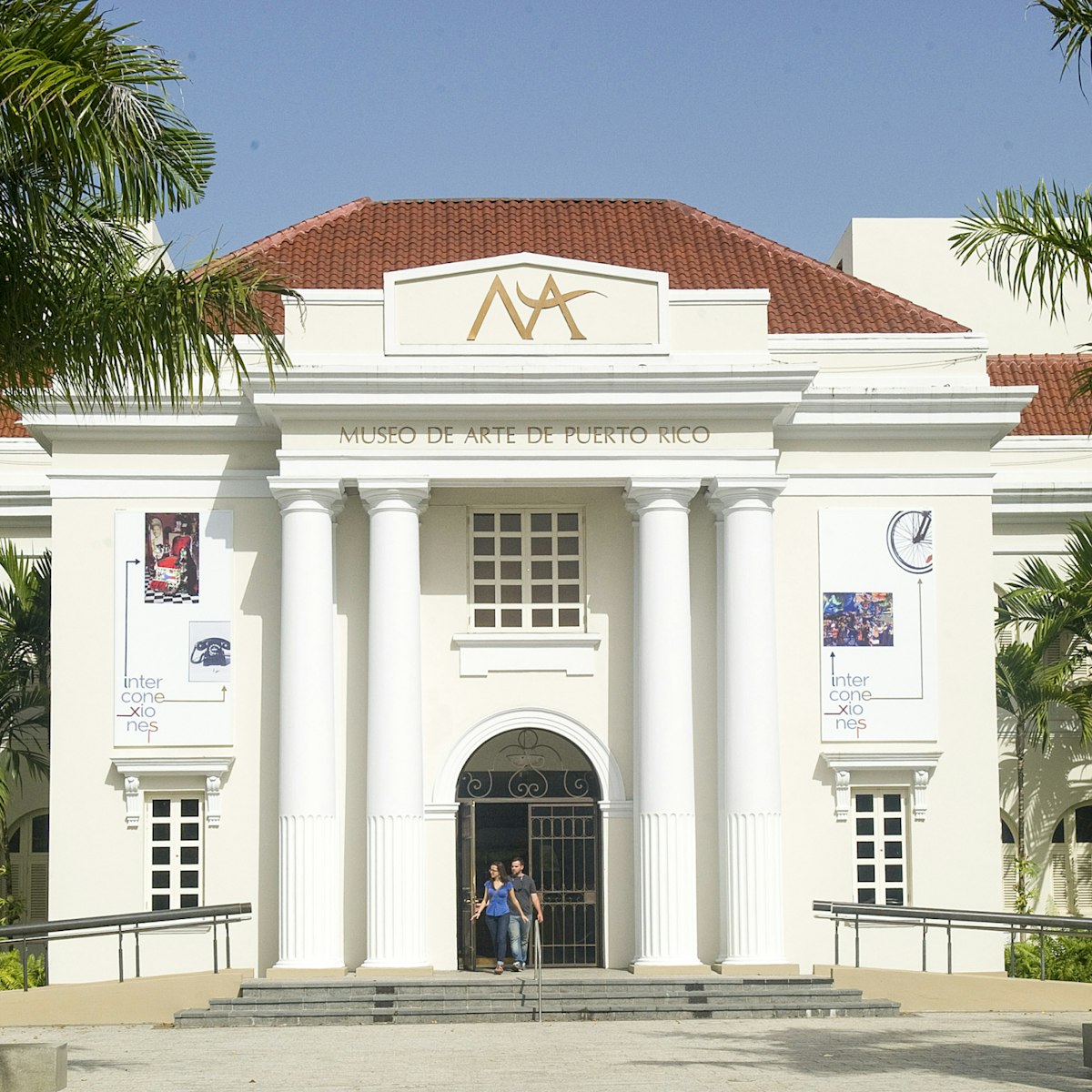The St Christopher canyon is so unexpected – both in location and appearance – that it takes many a breath away. The deep green chasm seemingly drops out of nowhere, its rocky crags hiding a veil of falling water. Only 8km north of Aibonito and cutting more than 500ft down through the Central Mountains, it is bisected by the churning white waters of the Río Usabón – for adventurous outdoor lovers, an exploration is truly a first-class thrill.
The highest waterfall on the island is here, where the river plummets down a sheer cliff into a gorge that is deeper, in many places, than it is wide.
To make the descent into the canyon, there are steep, slippery trails or a vertigo-inducing technical descent – the latter recommended only for those with mountaineering experience.
While you can catch a glimpse of the canyon from a distance by looking east from the intersection of Rte 725 and Rte 162, getting into the canyon is a bit trickier. One way is to take side roads off Rte 725 or Rte 7725 and then cross private land to approach the rim of the canyon. It’s essential to get permission to cross private property. Cañón de San Cristóbal has sheer cliffs that are prone to landslides, and the trails into the canyon are a slippery death wish when they get wet (and it rains a lot around here).
The best way to visit the canyon is to plan ahead, make reservations and join an organized trek with Go Hiking Puerto Rico, run by local historian and geographer Samuel Oliveras Ortiz. Trips run on weekends and holidays and vary from a three- to four-hour basic tour to a five- to six-hour adrenaline-junkie-fest with rock climbing and rappelling. Another outfit that comes recommended is Montaña Explora.
Wear secure shoes and layer appropriate clothing that you can take off at the canyon floor, where temperatures can be more than 10°F warmer than up on the brink. You will need water and snacks for the return trip up the canyon wall (where you get to climb up through a waterfall). You’ll probably only see the canyon right as you approach its edge; the rift is so deep and narrow that the surrounding high-mountain plateau disguises it.







